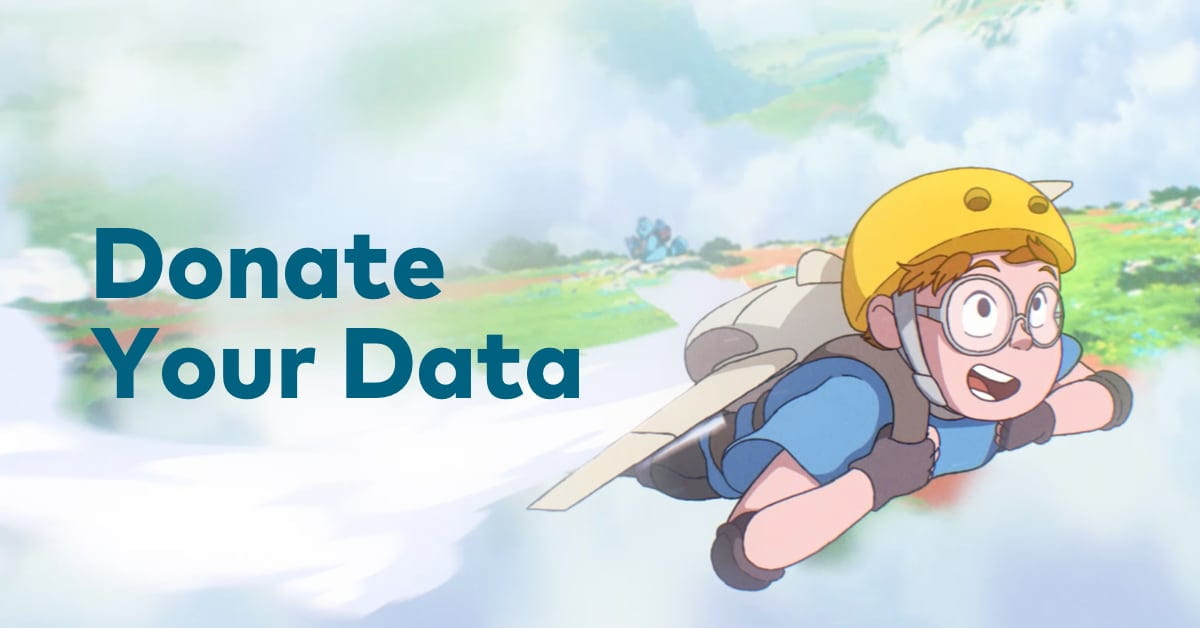What Did I Learn?
I learned from this article that socioeconomic status impacts education in Australia. This digital divide was exacerbated during Covid-19 lockdowns and the use of remote learning. To accommodate for these difficulties, many schools and libraries worked towards accomodating for these new needs. The Learning For Life Program, offered by The Smith Family, with the support of Optus, has increased efforts to provide data for students in need. However, the further roll-out of this program was limited due to available data. Secondary students took priority in the 2020 remote learning data donation. Tim Lloyd, Principal of Plumpton High School, one of the schools participating in the further rollout of the program, said: “Thirty percent of our students don’t have reliable access to the internet at home. One of our high-achieving Year 11 refugee students is panicking about missing out – the only device she has is a basic phone and her mother can’t afford much data for her as well as four siblings. Without internet access, she is isolated even though the school has provided her a laptop (Optus, 2020).” Since November 2018, Optus’ Donate Your Data program has helped over 14,500 young Australians to access and further their education using the data donated (Optus, 2020a).
How was the activity relevant to my professional practice working with children and/or young adults?
Although digitising information increases access to collections, it also limits access for some. The socioeconomic disadvantage and the digital divide can both serve as a form of censorship, where access to information is denied due to membership fees, data costs, and technology costs. I think librarians and teachers must be made aware of these educational disadvantages and be aware of programs like the Learning For Life Program, to be able to provide information for students in need. I also feel that socioeconomic disadvantages can serve as a ‘disability’ within an educational setting, as it impacts the person’s ability to perform in society. Under the NDIS definition of ‘disability,’ “a disability is on the reduction or loss of an ability to perform an activity that results from an impairment (NDIS, 2020).” In the NDIS, ‘impairment’ commonly refers to a loss of, or damage to, a physical, sensory or mental function. In this example, however, ‘impairment’ could refer to the socioeconomic disadvantage.
Gaps in Knowledge and How to Fill Them?
Some students and young Australians access the local library or school to access wifi and/or computers to continue their studies. But this was made difficult during lockdowns, with the introduction of remote learning. To be able to refer this service to students or young Australians in need of data, I would have to get more information on how to sign up for the service. Perhaps the local library and schools could display posters for the service. If students are not in need of data, though, they can still be provided information on how to donate their data. The sustainability of the program is ‘with the times,’ reflecting how several other Australian companies have changed their investors to reflect sustainability ideas. HESTA Superannuation fund is one such example (HESTA, 2020). I think it is amazing that Optus has invented a way to sustainably use people’s leftover data. It would be great to see similar programs by other data providers.
Activity:
In November 2018, Optus introduced a feature that allows users to donate their data to others, in an effort to close the digital divide. Users with leftover data towards the end of their plan can choose to donate it to others who can not afford to access data (Optus, 2020a). The data is donated to The Smith Family’s Learning For Life Program, which provides SIM cards to disadvantaged young Australian students with access to free data, talk, and text (The Smith Family, 2020). The data collected is pooled together and distributed to participants in the program. Participants receive a Prepaid SIM with data plus unlimited calls and text every 42 days (Optus, 2020a). The aim of the program is to bridge the digital divide in education. As of today, over 21,080,650 GB of data donated since 2 December 2019 (Optus, 2020a).
Data donation has become even more important due to this year’s lockdowns and restrictions limiting school and public library patronage. This year saw the first school-administered SIM cards, given to students identified as ‘high risk’ of becoming victims of the educational digital divide during lockdowns (Optus, 2020). Optus and the Australian Business and Community Network (ABCN) worked closely together to redevelop the program to meet the needs of students impacted by COVID-19. ‘This program supports ABCN schools that are… located in low socioeconomic communities. During the first wave, Optus and ABCN will work closely with a small number of NSW principals to distribute several hundred SIM cards with the aim of scaling to support 6,000 significantly disadvantaged students nationally (Optus, 2020).’
References:
Optus, S. (2020, April 10). Donate Your Data: Optus partners with ABCN to support disadvantaged secondary students with their final years of schooling. www.optus.com.au. https://www.optus.com.au/about/media-centre/media-releases/2020/04/donate-your-data-optus-partners-with-abcn-to-support-disadvantaged-secondary-students-with-their-final-years-of-schooling
Optus, S. (2020a). Donate your Data. www.optus.com.au. https://www.optus.com.au/about/sustainability/community/donate-your-data.
HESTA. (2020). Responsible Investment. HESTA. https://www.hesta.com.au/about-us/what-we-stand-for/responsible-investment.html.


Hey Anne,
I enjoyed reading your blog, the effects of the pandemic on education will definitely have long term affects unfortunately. On top of the issue of ensuring internet access, there is also the issue of children and young adult’s ability to learn in the online environment. Campana et al. (2019) discuss how “it is important to think about what children are able to learn at what age and how that developmental progression affects their ability to learn from screens”. Considering a lot of parents would have been juggling working from home as well as home schooling, the challenge of online education for young children would have been phenomenal.
Campana, K., Mills, E. J., Haines, C., Prendergast, T., & Martens, M. (2019). To tech or not to tech? The debate about technology, young children, and the library. Children & Libraries, 17(2), 20-26. https://doi.org/10.5860/cal.17.2.20